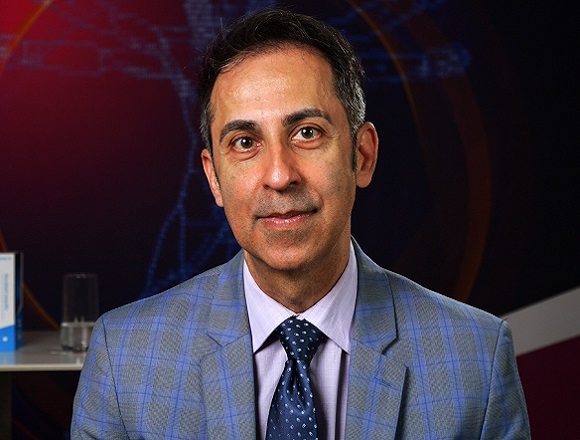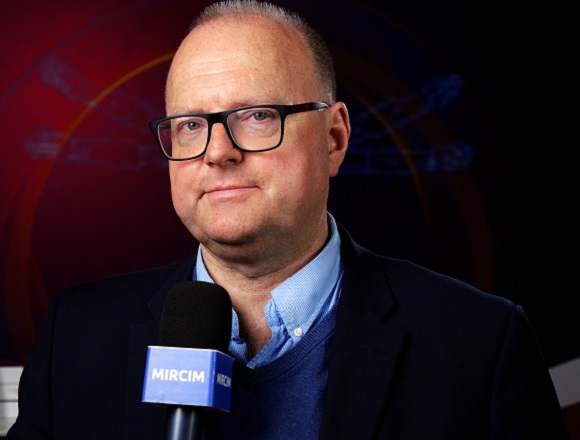Ally Prebtani, MD, is a professor of medicine in the Division of Endocrinology and Metabolism at McMaster University.
What features on thyroid ultrasonography are associated with the highest risk of thyroid cancer?
Ally Prebtani, MD: Thyroid nodule risk [assessment] always starts with the history and physical examination, but they are in particular with respect to the question of what are the features on ultrasound that indicate the high risk of malignancy. It’s not only size, as already mentioned, it’s the composition of the nodule: whether it’s solid, cystic, or mixed. The more solid it is, the higher the risk.
Number two is echogenicity. Is it hypoechoic, isoechoic, or hyperechoic? The more hypoechoic it is, the higher the risk of malignancy. Also, the shape: if it’s taller than wider, that’s also a big risk factor for it being cancer.
The other one is the calcifications. Especially if there are microcalcifications, that’s more at risk for being a thyroid cancer.
The last feature we also look at is the margin. The more abnormal the margin is, the more likely we [are to] worry about cancer in those [patients]. So it’s not just one thing—we look at all these things, give a score, and then determine whether this patient needs a biopsy based on the cancer risk on ultrasonographic features.
 English
English
 Español
Español
 українська
українська







